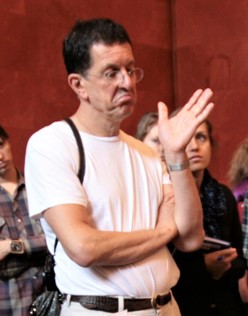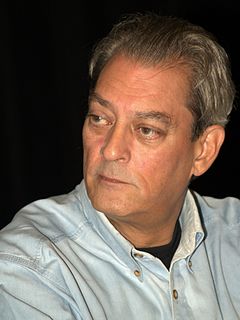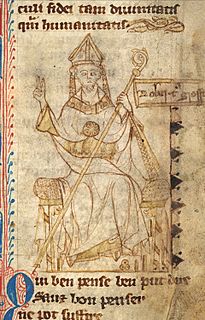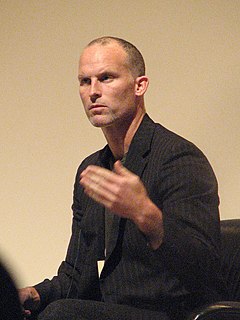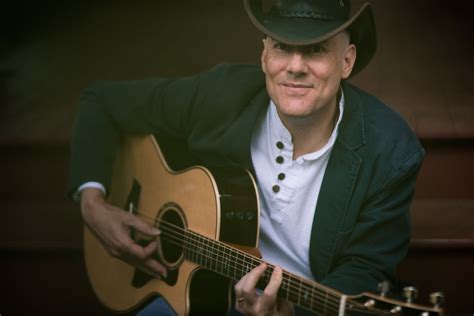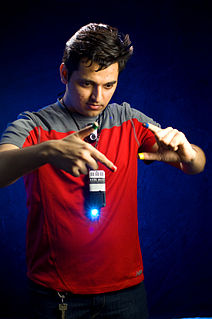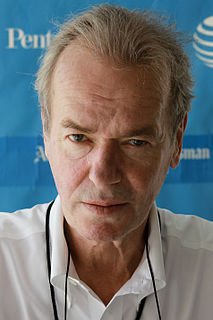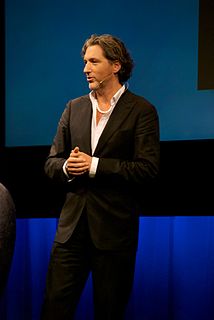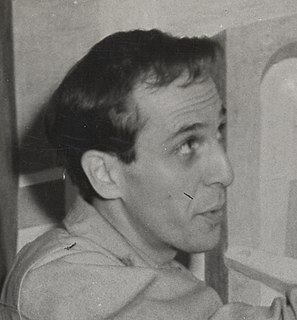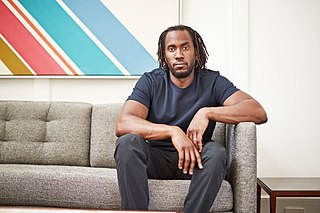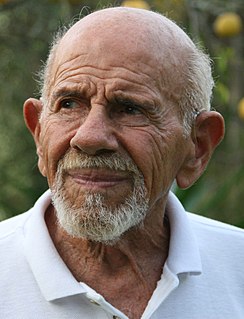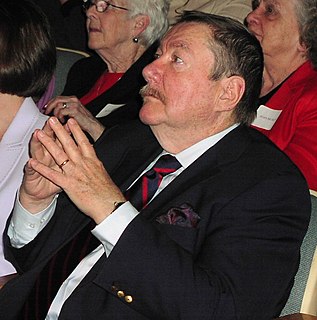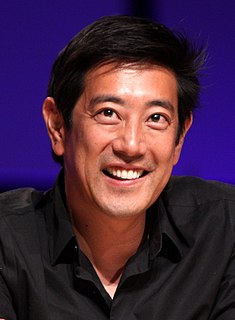A Quote by Antony Gormley
How do you make the timelessness of inert, silent objects count for something? How to use the, in a way, dumbness of sculpture in a way that acts on us as living things?
Related Quotes
There is nothing more terrible, I learned, than having to face the objects of a dead man. Things are inert: that have meaning only in function of the life that makes use of them. When that life ends, the things change, even though they remain the same. […] they say something to us, standing there not as objects but as remnants of thought, of consciousness, emblems of the solitude in which a man comes to make decisions about himself.
This part of optics, when well understood, shows us how we may make things a very long distance off appear as if placed very close, and large near things appear very small, and how we may make small things placed at a distance appear any size we want, so that it may be possible for us to read the smallest letters at incredible distances, or to count sand, or seed, or any sort or minute objects.
Change isn't optional, and creation isn't something that happened a long time ago and then ended. It's ongoing, and we are invited to be a part of it. The question for us is 'what will we create in this new day?' How will we make it count? How will we nourish the things that matter, and stand in the way of injustice in the small ways that add up to the arc of history? You are invited to participate in the creation of this day.
People? People are chaotic quiddities living in one cave each. They pass the hours in amorous grudge and playback and thought experiment. At the campfire they put the usual fraction on exhibit, and listen to their own silent gibber about how they're feeling and how they're going down. We've been there. Death helps. Death gives us something to do. Because it's a fulltime job looking the other way.
I have a studio in the country - in the woods - but my paintings look more real to me than what is outdoors. You walk outside; the rocks are inert; even the clouds are inert. It makes me feel a little better. But I do have a faith that it is possible to make a living thing, not a diagram of what I have been thinking: to posit with paint something living, something that changes each day.
These men, in teaching us how to die, have at the same time taught us how to live. If this man's acts and words do not create a revival, it will be the severest possible satire on the acts and words that do. It is the best news that America has ever heard.... How many a man who was lately contemplating suicide has now something to live for!
Everything that you've learned: 'Make a lot of money, have a nice house'. But they never teach you at school how to relate, how to communicate with others, how to share values with others. ...They teach you how to make a living. You become an optometrist, he becomes a physicist, she becomes a structural engineer, he's an architect. In the future, none of that. Everybody is trained to be a generalist, so they understand different cultures, different values, how we get to be the way we are. So no-one can ever use you for war or killing anybody or hurting anybody
